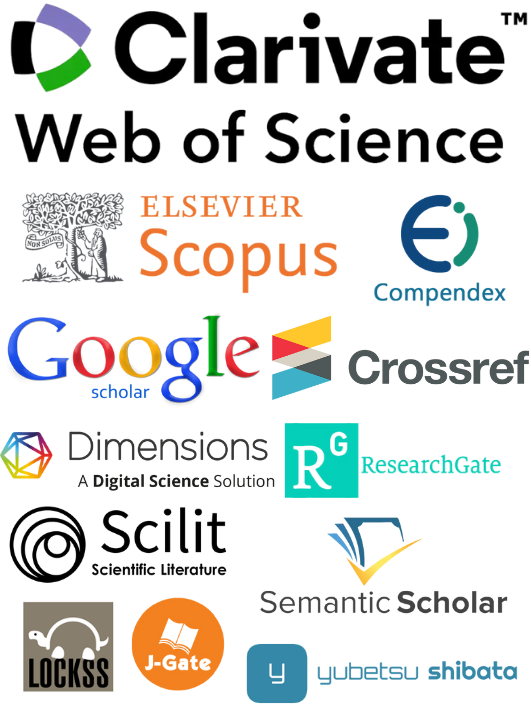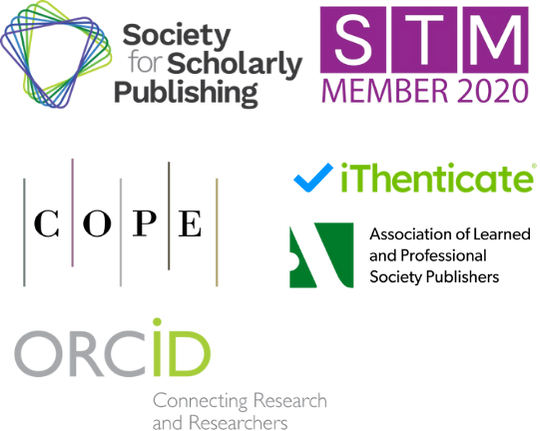Teacher Training Evolution in Ballet Education from Traditional Masters
DOI:
https://doi.org/10.71222/z9dcee16Keywords:
ballet education, teacher training, pedagogical evolution, traditional masters, contemporary methods, dance pedagogyAbstract
The evolution of teacher training in ballet education has undergone significant transformation from the traditional master-apprentice model to contemporary pedagogical approaches that integrate technology, scientific understanding, and diverse methodological frameworks. This paper examines the historical progression of ballet teacher training, analyzing the transition from classical masters who dominated the field through personal expertise and lineage to modern approaches that emphasize systematic pedagogy, neuromuscular understanding, and digital empowerment. The study explores how traditional methods established foundational principles that continue to influence contemporary training while examining how modern innovations in dance science, technology-enhanced pedagogy, and collaborative learning environments have reshaped the landscape of ballet education. Through comprehensive analysis of training methodologies, pedagogical frameworks, and technological integration, this research demonstrates that while traditional master-based training provided essential artistic and technical foundations, contemporary approaches offer more inclusive, scientifically-informed, and accessible pathways for developing ballet educators. The findings reveal that successful modern ballet teacher training programs synthesize traditional artistic wisdom with evidence-based pedagogical practices, creating hybrid models that preserve the essence of classical ballet while addressing contemporary educational needs and diverse learning styles.
References
1. S. Liu, "An Adaptive Dance Motion Smart Detection Method Using BP Neural Network Model under Dance Health Teaching Scene," J. Environ. Public Health, vol. 2022, 2022, doi: 10.1155/2022/4943413.
2. J. Wu, L.-X. Zhang, and H. Li, "'From Dance to Science': A Feasibility Study of Transdisciplinary, Dance-Based STEAM Educa-tion in a Shanghai Kindergarten," Early Educ. Dev., pp. 1–26, 2025, doi: 10.1080/10409289.2025.2509331.
3. S. Davis, K. M. Thomson, K. L. M. Zonneveld, T. C. Vause, M. Passalent, and N. Bajcar et al., “An Evaluation of Virtual Training for Teaching Dance Instructors to Implement a Behavioral Coaching Package,” Behavior Analysis in Practice, Feb. 2023, doi: 10.1007/s40617-023-00779-z.
4. E. C. Warburton, "Recentering Ballet for Twenty-First-Century Dance Education," Dance Educ. Pract., pp. 2–7, 2024, doi: 10.1080/23734833.2024.2434426.
5. P. Markula and J. Frantsi, "Embodied collaborative writing in graduate dance education," Front. Sports Act. Living, vol. 6, 2024, doi: 10.3389/fspor.2024.1330422.
6. Sebastián Gómez-Lozano, N. Zhang, R. Armstrong, Kiko León, C. Kelly-Lahon, and P. Sánchez-González et al., “The Concept of Neuromuscular Repatterning in Dancers: A Systematic Review,” Healthcare, vol. 12, no. 3, pp. 402–402, Feb. 2024, doi: 10.3390/healthcare12030402.
7. L. Yang, "The Evolution of Ballet Pedagogy: A Study of Traditional and Contemporary Approaches," J. Lit. Arts Res., vol. 2, no. 2, pp. 1–10, 2025, doi: 10.71222/2nw5qw82.
8. B. Zhao, J. Chen, J. Yang, and Y. Su, "Digital empowerment for innovative teaching: application and mediating effects of in-formation technology in physical education teachers' practices," Front. Sports Act. Living, vol. 7, 2025, doi: 10.3389/fspor.2025.1612745.
9. A. Martín-Rodríguez and Rubén Madrigal-Cerezo, "Technology-Enhanced Pedagogy in Physical Education: Bridging En-gagement, Learning, and Lifelong Activity," Educ. Sci., vol. 15, no. 4, pp. 409–409, 2025, doi: 10.3390/educsci15040409.
10. Z. Zhong, W. Guo, and R. Nacional, "Reform and innovation of physical education teaching methods in universities based on fuzzy decision support systems," Sci. Rep., vol. 15, no. 1, 2025, doi: 10.1038/s41598-025-05417-y.
11. M. Li, "The analysis of dance teaching system in deep residual network fusing gated recurrent unit based on artificial intelli-gence," Sci. Rep., vol. 15, no. 1, 2025, doi: 10.1038/s41598-025-85407-2.
Downloads
Published
Issue
Section
License
Copyright (c) 2025 Catherine Dubois (Author)

This work is licensed under a Creative Commons Attribution 4.0 International License.


